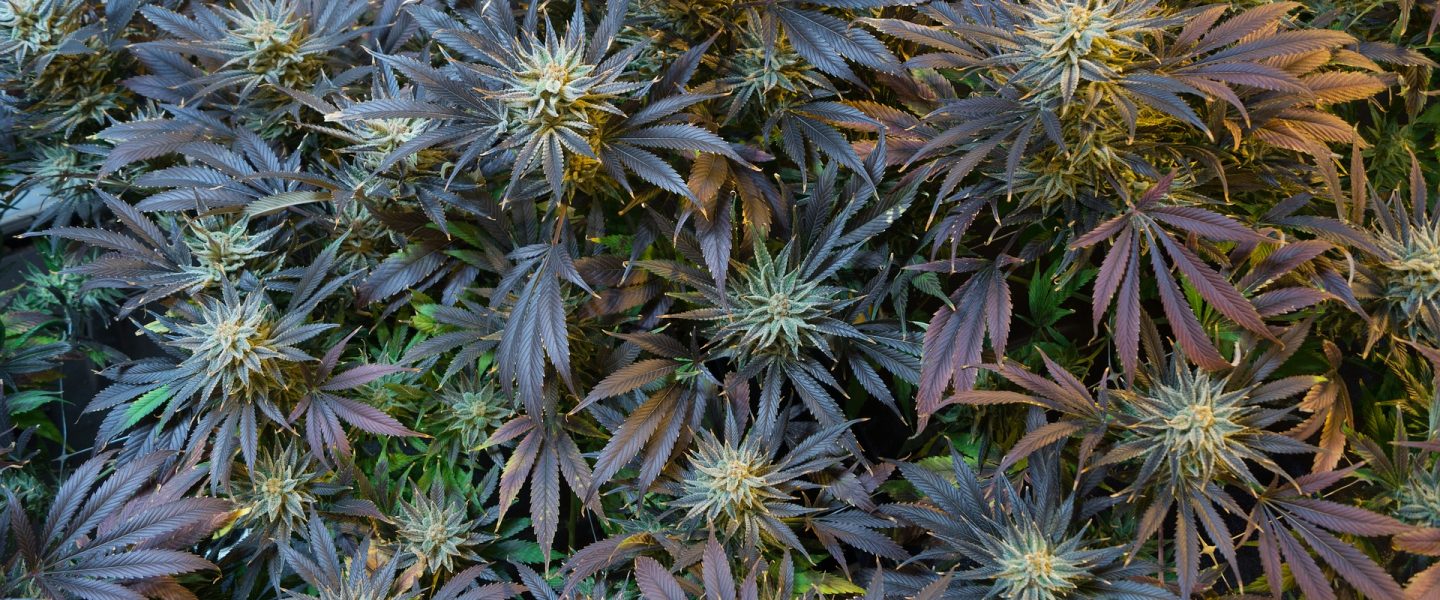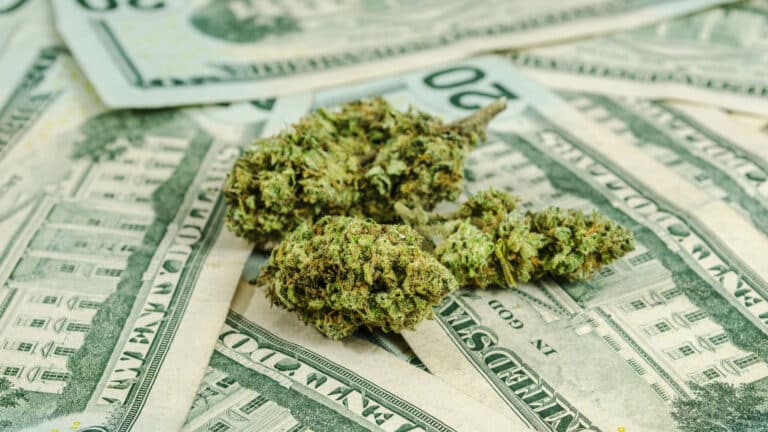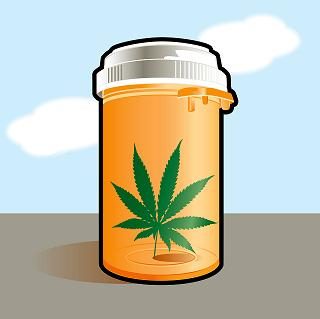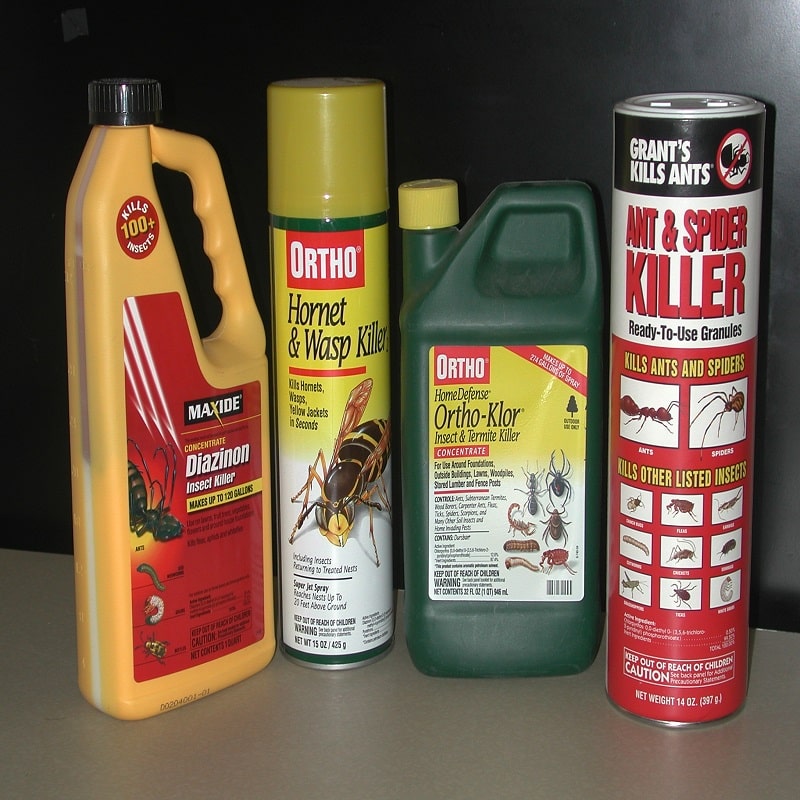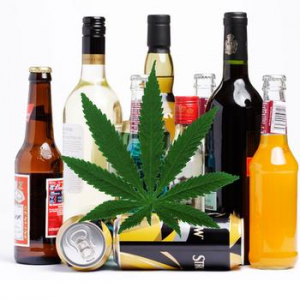 The Marijuana Policy Project ran an advertisement that claimed “marijuana is less toxic than alcohol”. The political watchdog group PolitiFact then took it upon themselves to adjudicate the truthfulness of the claim. They determined the claim is “mostly true”.
The Marijuana Policy Project ran an advertisement that claimed “marijuana is less toxic than alcohol”. The political watchdog group PolitiFact then took it upon themselves to adjudicate the truthfulness of the claim. They determined the claim is “mostly true”.
“Mostly”? How can a claim that purports a mathematical inequality and a medically measurable effect be “mostly true”? ”Three is less than five” is not “mostly true”; it is true. ”Marijuana is less toxic than alcohol” is just plain “true”.
To judge the claim, PolitiFact looked at mortality data from the use of alcohol and marijuana. According to the Centers for Disease Control and Prevention (CDC), there were over 41,000 deaths attributed to alcohol in 2010. Almost 16,000 of those deaths were from alcoholic liver disease and the other 25,000+ did not include accidents and homicides attributable to alcohol.
The CDC’s figures for marijuana? There aren’t any. No reports of marijuana listed as a cause of death.
Well, that seems pretty simple then, doesn’t it? Alcohol can kill you, marijuana cannot, therefore, “marijuana is less toxic than alcohol”. Ah, not so fast, logical-thinking, common-sense-using reader. In a masterful turn of Clintonian parsing, the critics of the claim say it all depends on what the meaning of the word “toxic” is.
For starters, the term toxic can be vague. Dr. Cynthia Lewis-Younger, medical director of the Florida Poison Information Center in Tampa, said toxic can be “anything that causes harm. It is possible to drink enough water to poison yourself. It’s more related to the dose than anything else.”
That’s an interesting definition of toxic. ”Anything that causes harm”. My first Google of “toxic” got me “poisonous”, and clicking on that got me “(of a substance or plant) causing or capable of causing death or illness if taken into the body.” Merriam-Webster dictionary says “containing or being poisonous material especially when capable of causing death or serious debilitation”. Indeed, too much water can kill you, but not because water is poisonous; rather because it causes hyponatremia, or having “waterlogged blood” that can lead to swelling in the brain.
The National Institutes on Drug Abuse (NIDA) chime in as well, with this absurd statement:
NIDA states in an email that the effect of marijuana can depend on the person (their biology) who’s using it, the amount and under what circumstances.
“Claiming that marijuana is less toxic than alcohol cannot be substantiated since each possess their own unique set of risks and consequences for a given individual,” according to an agency email statement.
“Risks and consequences”? The claim is “marijuana is less toxic than alcohol” and NIDA wants to stretch the definition of “toxic” to the “risks and consequences” you may suffer from use of marijuana? By that definition unprotected sex, gambling, and joining the Army are “toxic”.
But don’t let that distract you. Focus on that part Dr. Lewis-Younger said about toxic being “related to the dose”. For later in the PolitiFact piece, they note the study of Dr. William Gable, who compared the relative toxicity of twenty substances using a little something called science. He calculated the effective dose (read: how much it takes to get high) to the lethal dose (read: how much it takes to overdose and die) of each drug. It is true that these figures can vary – I can probably outdrink Kristin Chenoweth, for instance, just because she’s a 4’11″ petite woman and I’m a 6’0″ overweight man – so Dr. Gable collected lots of data and quantified those figures as ED-50 and LD-50, which meant how much effective dose and lethal dose would work on at least 50% of the test subjects.
For each substance, Dr. Gable then came up with the “therapeutic ratio” – the comparison of ED-50 to LD-50. The larger the ratio, the more toxic the drug. For example, intravenous heroin use was his most toxic drug, coming in at a 1:5 ratio (one hit gets you high, five hits kills you). Surprisingly, nutmeg has a 1:7 ratio… and you may not have even known nutmeg can get you high, since the government never put it in the drug schedules. (Seriously, don’t try to get high on nutmeg – it’s not a pleasant trip and it’s very dangerous.)
Alcohol comes in at a 1:10 ratio. This can be adjusted for the user. Kristin Chenoweth may cop a buzz on two drinks, twenty will kill her. I may cop a buzz on four drinks, forty will kill me. It’s one-to-ten no matter how you slice it.
Marijuana doesn’t even really have a ratio. Gable’s chart puts it at 1:>1000+ – one joint will get you high, it will take over 1,000 to kill you. Since he couldn’t find any recorded deaths from marijuana, he couldn’t even really give it a number (Math 101: You cannot divide by zero).
With such stark scientific data making the case that marijuana is, indeed, less toxic than alcohol, and with drug war opponents stretching the definition of “toxic” so broadly, we can say when it comes to marijuana, PolitiFact is Mostly Believable.
Source: National Cannabis Coalition – make a donation

